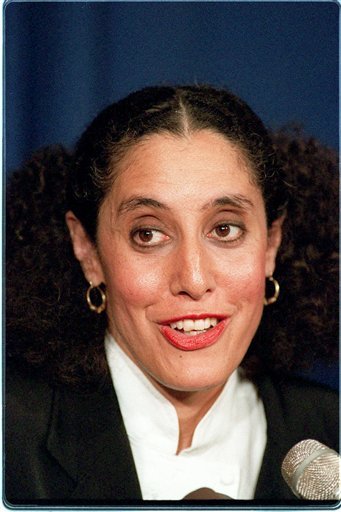
I became interested in the 1990s as a result of looking at the performance of women in law school. A student and I became interested in the disparity between the grades that men and women at an Ivy League law school were receiving. Working with Michelle Fein and Jean Belan, we found that male and female students were coming in with basically the same credentials. The minor difference was that the women tended to have entered with slightly higher undergraduate grades and the men with higher LSATs.
The assumption at that time was that incoming credentials predicted how you would perform. Relying on things like the LSAT allowed law school officials to say they were determining admission based on merit. So several colleagues told me to look at the LSAT scores because they were confident that I might find something to explain the significant differences in performance. But we found that, surprisingly, the LSAT was actually a very poor predictor of performance for both men and women, that this "objective" marker which determined who could even gain access was actually not accomplishing its ostensible mandate.
I then became interested in studying meritocracy because of the attacks poor and working class whites were waging against Affirmative Action. People were arguing that they were rejected from positions because less qualified people of color were taking their spots. I began to question what determines who is qualified. Then, the more research I did, the more I discovered that these so-called markers of merit did not actually correlate with future performance in college but rather correlated more with an applicant's parents' and even grandparents' wealth. Schools were substituting markers of wealth for merit.

My approach builds on and borrows from work of many other scholars. It perhaps expands on it or shifts emphasis. For example, many people defend Affirmative Action on grounds that there are multiple measures of merit and that bringing diverse students to the school would benefit the learning environment. The problem with this argument is that it pits diversity as a counterpoint to merit. And, the argument is not strong enough to counter the belief in "merit" as an egalitarian and democratic way to allocate scarce resources. I am arguing that there are fundamental flaws in the over-reliance on these supposedly objective indicators of merit. This approach positions poor people and people of color as the problem rather than problematizing the ways we measure merit in the first place.

Harvard University did a study based on thirty Harvard graduates over a thirty-year period. They wanted to know which students were most likely to exemplify the things that Harvard values most: doing well financially, having a satisfying career and contributing to society (especially in the form of donating to Harvard). The two variables that most predicted which students would achieve these criteria were low SAT scores and a blue-collar background.
That study was followed by one at the University of Michigan Law School that found that those most likely to do well financially, maintain a satisfying career, and contribute to society, were black and Latino students who were admitted pursuant to Affirmative Action. Conversely, those with the highest LSAT scores were the least likely to mentor younger attorneys, do pro-bono work, sit on community boards, etc.
So, the use of these so called "measures of merit" like standardized tests is backfiring on our institutions of higher learning and blocking the road to a more democratic society.

Anthony Carnevaly made that statement when he was the vice president of the Educational Testing Service. He did a study of 146 of the most selective colleges and universities and found that 74% of students came from the top 25% of the socio-economic spectrum. Only 3% came from the lowest quartile and 10% (which is 3% plus 7%) came from the bottom half. So that means that 50% of people in the country are providing substantial state and federal taxes to both public and private institutions even though they are among those least well off and are being excluded from the opportunity.
The argument I'm making is that in many ways race is being used as a stand in for class. I am not saying that race and class are coterminous but that people look at race and see race because it is highly visible but they don't see class. (source: ZNet)

No comments:
Post a Comment